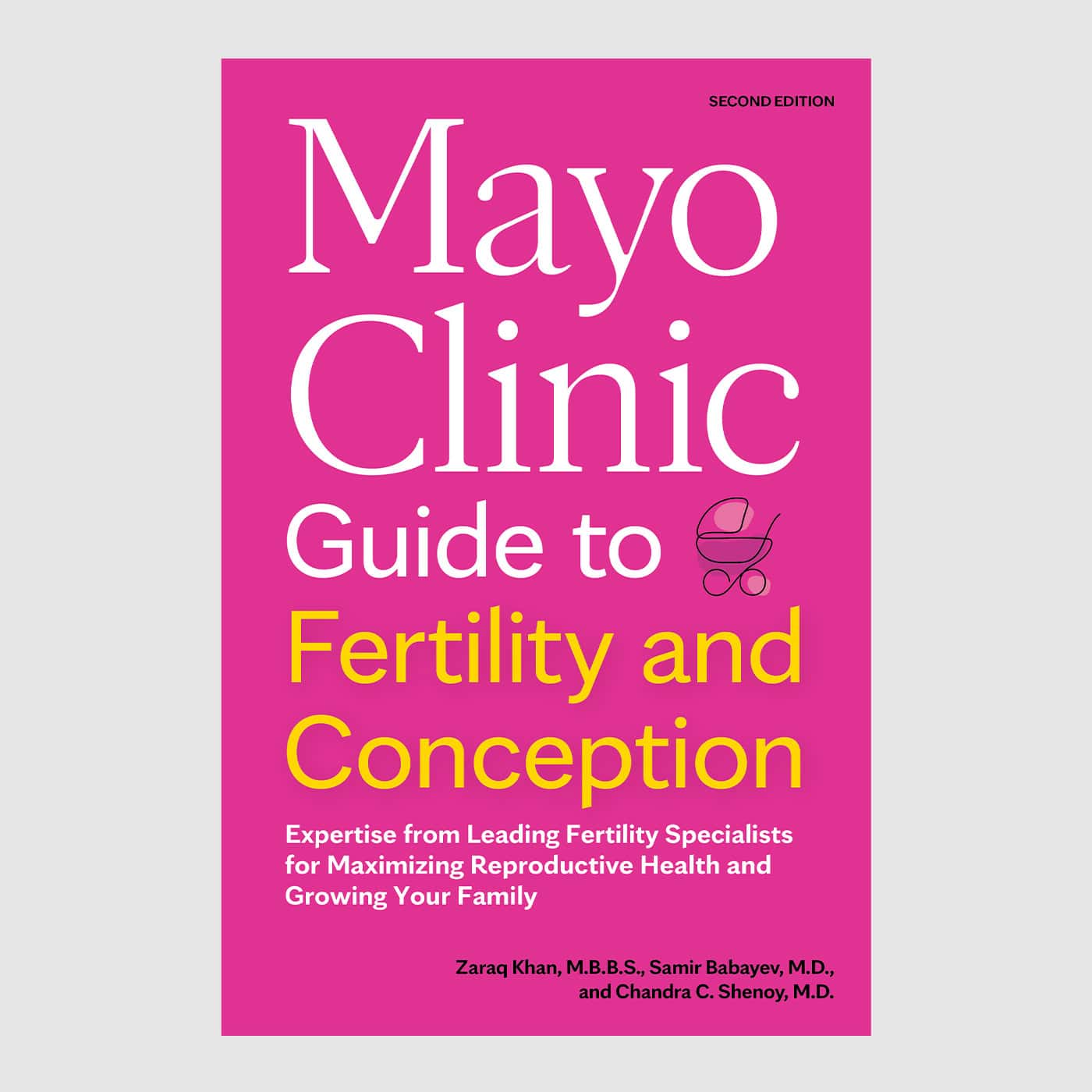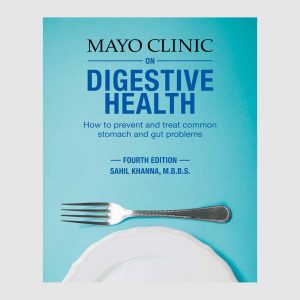
More than 176 million Americans consumed yogurt and smoothies in 2020. That’s more than half the population of the United States. It’s safe to say that yogurt is a go-to food for many people.
Yogurt is high in calcium, protein, selenium, B-12 and other nutrients. Many yogurts also contain probiotics — the beneficial bacteria that live in the gastrointestinal (GI) tract.
Healthy bacteria in the gut are critical to digestion. Research also shows that these tiny microbes play an important role in regulating the immune system, the inflammatory response and many other bodily functions.
Here’s what you need to know about yogurt, probiotics and how they keep the microbes in your gut balanced and you healthy.
The microbes in your gut: Key to your digestive health
The human body is home to trillions of bacteria, fungi and viruses. These microorganisms live in or on the body in places like the mouth, skin, GI tract and lungs. The largest population of microorganisms live in the GI tract, mostly in the large intestine.
Emerging research shows that these bacteria help maintain health in many ways, including:
- Protecting the GI tract from harmful bacteria and viruses.
- Digesting food and extracting nutrients.
- Producing vitamins the body can’t make on its own.
- Regulating the production and function of neurotransmitters — like serotonin, dopamine and gamma-aminobutyric acid (GABA) — which play a vital role in mood, depression and anxiety. It’s estimated that more than 90% of the body’s serotonin is created in the gut.
A healthy gut consists of a wide diversity of microorganisms and a balance between the beneficial microbes and the potentially harmful ones. If you’ve ever had diarrhea, loose stools or other GI issues after taking an antibiotic, then you’ve experienced what can happen when harmful bacteria outnumber beneficial ones in the gut.
Research shows that Clostridioides difficile (C. difficile) infection — an infection in the colon — and health conditions like irritable bowel syndrome (IBS) and inflammatory bowel disease (IBD) are associated with an unbalanced gut microbiota. At this point, however, it’s not clear if an altered gut microbiota is the root cause of the health issue or if the condition leads to alterations in the microbiota.
How probiotics in yogurt support healthy digestion
Yogurt is made by adding bacteria like Lactobacillus bulgaricus and Streptococcus thermophilus to milk. These bacteria kick off the fermenting process and convert pasteurized milk to yogurt.
Yogurt is one of the best-known foods that contain probiotics, which are defined as “live microorganisms that, when administered in adequate amounts, confer a health benefit.” Probiotics help keep a balance between beneficial and potentially harmful bacteria in the digestive tract.
A great deal of research has been done on probiotics and their role in maintaining human health. Certain probiotics reduce the risk of antibiotic-associated diarrhea. There is also mounting evidence that consuming probiotics may help ease common GI issues like diarrhea, constipation and bloating. But there isn’t a one-size-fits-all approach. Plus, study results are somewhat limited due to inconsistencies in the type of probiotics being studied among a wide variety of demographics. Age, health status, probiotic type, dosage and many other factors greatly impact outcomes.
Choosing yogurt
Scientists continue to work to identify which probiotic species and strains produce beneficial effects in the body. In the meantime, use these tips to find a yogurt that’s best for you:
- Look for “active cultures.” Select yogurts with labels that indicate they contain “live and active cultures,” otherwise known as probiotics. To benefit you, the bacteria in yogurt must be alive. Keep in mind that not all fermented foods contain probiotics. Fermented foods that are heat treated or pasteurized after probiotics are added kills the bacteria. These yogurt labels should say “heat treated after culturing” or “does not contain live and active cultures.”
- Watch for added sugars. Ideally, select plain yogurt with no added sugar. Plain yogurt contains some natural sugar known as lactose, so “sugar” will appear on the label. You can sweeten and flavor yogurt by adding your own fruit, vanilla, cinnamon and other natural flavorings. Keep your eye on the amount of “added sugars” on the label. This will tell you how much sugar or sweetener has been added to yogurt during the production process. Yogurts that are flavored, fruited or contain toppings might have high amounts of added sugar.
- Consider fat content. The Dietary Guidelines for Americans recommends low-fat or fat-free yogurt. This is especially true if you are watching your total daily calories or limiting saturated fats in your diet.
Lactose intolerance and other considerations
You can likely still enjoy yogurt if you have problems digesting dairy. The bacteria cultures in yogurt help break down lactose, making it easier to digest for some people who are lactose intolerant. Greek and Icelandic yogurts have less lactose than traditional yogurt because of the straining process. Also, lactose-free options are available in the market.
If you have a dairy protein allergy or are on a vegan diet, there are many plant-based yogurt options, including soy, coconut, almond and others. Choose one that offers active cultures and is fortified with calcium and vitamin D.
Fortified soy-based yogurt with added calcium, vitamin A and vitamin D has the closest nutrition profile to dairy-based yogurt. That’s why the Dietary Guidelines for Americans recommends fortified soy-based products as the only plant-based dairy alternative.
A rapidly expanding body of research is shedding light on just how profoundly influential microorganisms are on the human body. Fermented foods like yogurt with active cultures can help maintain a healthy balance of the microbes in your gut, supporting your overall health.

Relevant reading
Mayo Clinic Guide to Fertility and Conception, Second Edition
Mayo Clinic Guide to Fertility and Conception, 2nd Edition is the ultimate guide to expanding your family through pregnancy, with clear information and tips for getting pregnant as well as inclusive expertise on options available for all individuals and families.




















